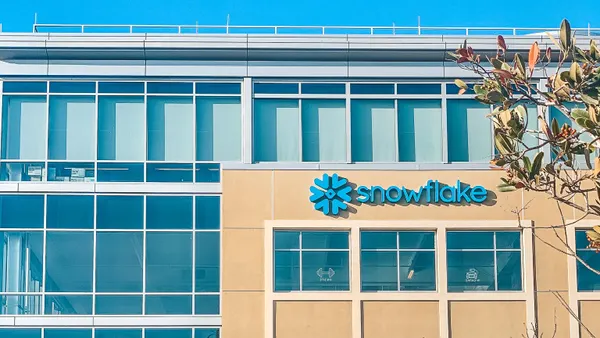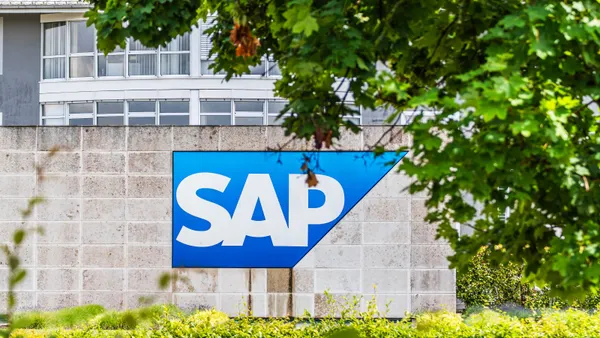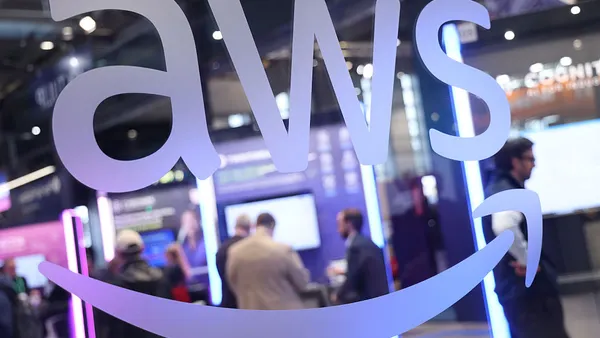Dive Brief:
- Enterprise software buyers plan to increase spending this year, but only if the price is right, according to Gartner. The analyst firm surveyed nearly 2,500 enterprise software buyers for a Gartner Digital Markets report.
- Cost was the top consideration for new software purchases among respondents. Over half of respondents passed on a vendor due to higher-than-expected pricing and nearly one-third swapped a software solution after cost overruns.
- On the heels of a two-year slowdown in software revenue growth, Gartner expects enthusiasm for generative AI tools and cybersecurity solutions to drive global software spend above $1 trillion this year, a 13% increase over 2023. SaaS, which constitutes the largest category of cloud spending, will see a 19% year-over-year increase, nearing $250 billion in 2024.
Dive Insight:
Mixed economic signals triggered a push-and-pull dynamic in IT spending last year. Hunger for best-in-breed solutions ran up against stricter budget scrutiny, leading organizations to delay purchases and trim discretionary spend.
While signs of a turnaround abound, buyers remain wary, according to Gartner.
More than 3 in 5 respondents are looking to upgrade recently purchased software, and over one-third plan to scale up their license. The trend indicates a strategic focus on long-term value and ROI rather than shortsighted cost-cutting measures, Caroline Hogan, senior director of vendor marketing at Gartner Digital Markets, said in an email.
At the same time, enterprises are more concerned with immediate outcomes and performance, a factor that can lead to painful buyer’s remorse when solutions don’t meet cost and performance expectations.
Nearly 3 in 5 respondents said their organization has replaced, modified or right-sized software more frequently since the start of 2023. One in 5 reported plans to switch vendors, downgrade or cancel a solution adopted in the last 12 months.
“When software buyers opt for replacements due to high prices, it often reflects a scenario where the total cost doesn’t measure up with initial expectations for the product’s value,” Hogan said.
Usage-based SaaS pricing models can exacerbate the problem, making it difficult for buyers to predict their total expected cost, Hogan added. Hidden fees and training costs can also obscure the full cost of ownership, she said.
As vendors add generative AI features to existing products, enterprises are taking the bait, the report said. But nearly half of respondents said data privacy concerns and cyberattacks triggered a recent purchase and IT security was the top category for software purchases last year.
“In the last year alone, innovations in generative AI have pushed companies to adapt swiftly,” said Hogan. “Additionally, the surge in cyber attacks has heightened the urgency for enhanced security protections.”















